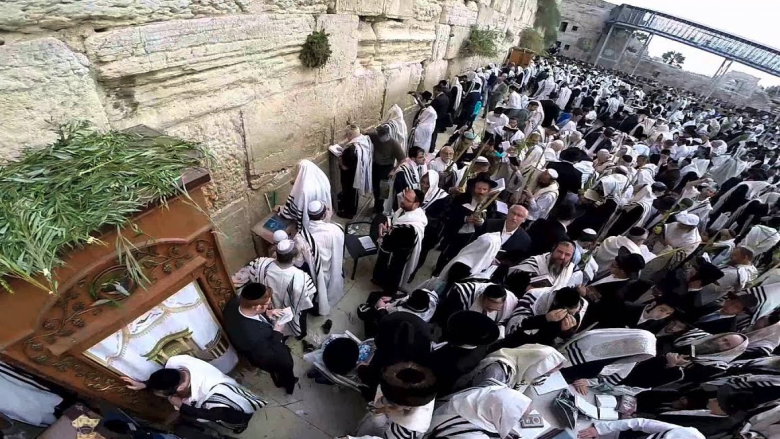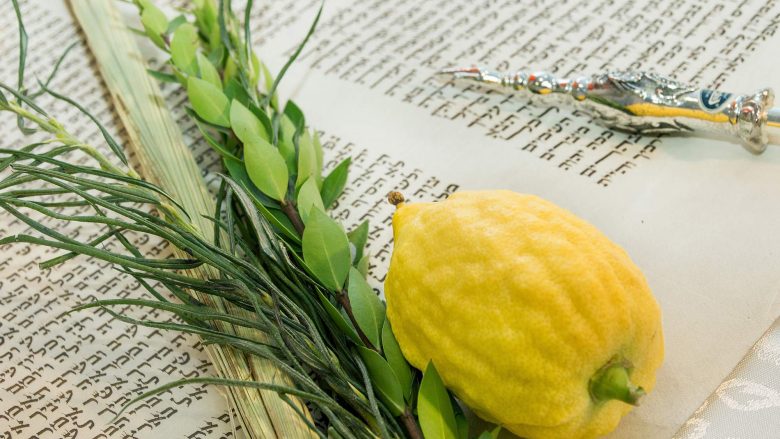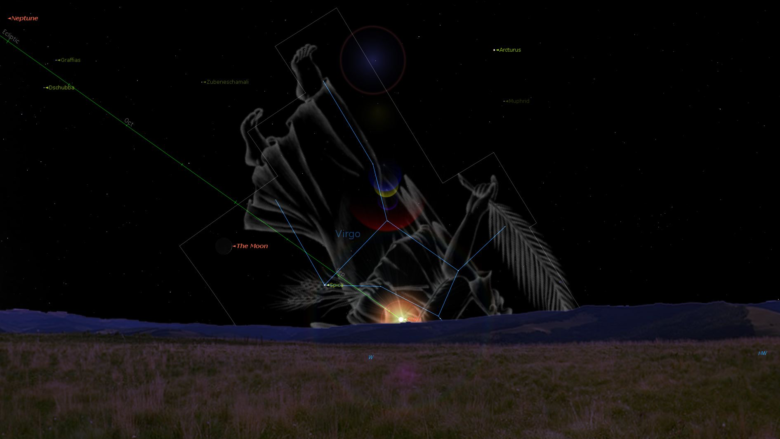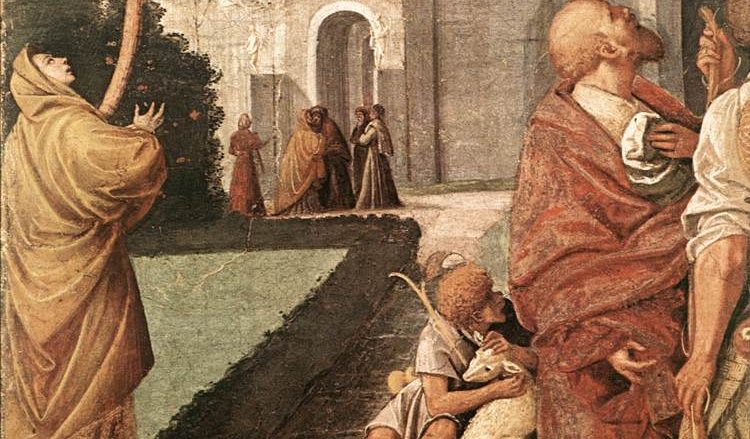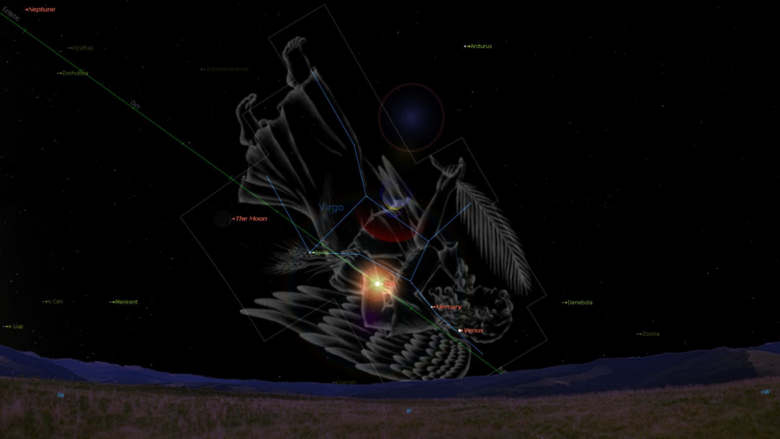
The Water Pourer
Sukkot–The Feast of Booths, Part 4 According to Hebrew hermeneutics, each verse of the Bible may have as many as four levels of interpretation. The first level is called peshat,[1] and refers to the plain, direct, intended, and explicit meaning of the Read More …
